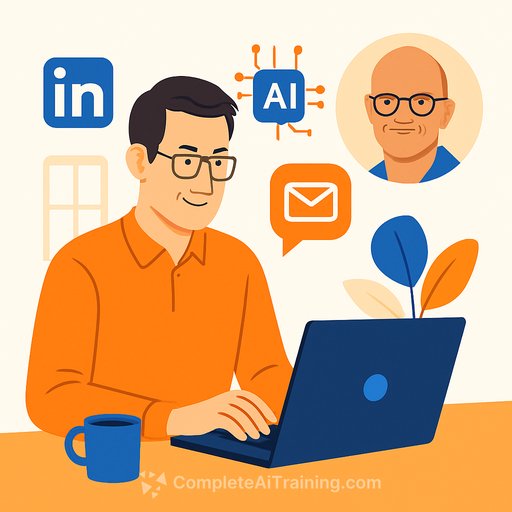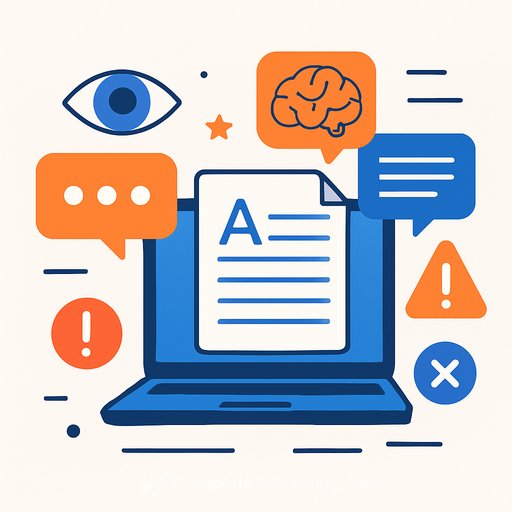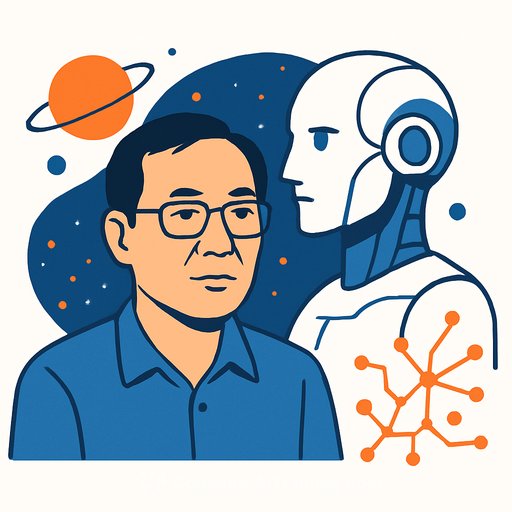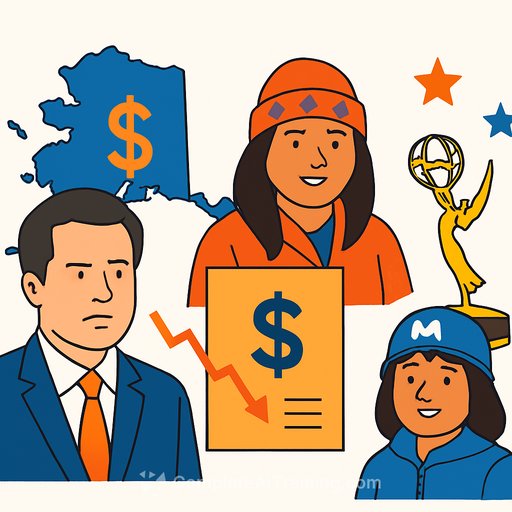LinkedIn's CEO Writes "Almost Every Email" With AI - Here's the Playbook for Writers
- Ryan Roslansky says he uses Microsoft Copilot to draft almost all emails, including high-stakes notes to Satya Nadella.
- His process isn't one-click. Copilot asks questions, refines intent, and helps shape the message.
- LinkedIn's revenue grew from $7B (2019) to nearly $17B (2024) while crossing a billion members.
- AI's economic impact is projected at $15.7T by 2030 (PwC).
Receiving an email from LinkedIn CEO Ryan Roslansky? There's a strong chance AI helped write it. In a fireside chat, he said he uses Copilot for "almost every email," especially the high-stakes ones to Microsoft's CEO, Satya Nadella.
He treats AI like a "second brain" that strengthens thinking and phrasing. The key: it's interactive. Instead of auto-replies, Copilot asks clarifying questions and co-writes with him-daily.
Why this matters for writers
High-stakes writing is where judgment, tone, and precision count. Roslansky's approach shows how to keep voice and intent while speeding up the heavy lifting-ideation, structure, and first drafts.
If a CEO trusts AI for emails that impact relationships and revenue, it's reasonable for writers to use it for client updates, cold outreach, proposals, or sensitive notes-without losing authenticity.
A simple workflow to keep your voice (and your edge)
- 1) Set intent: Define goal, audience, stakes, and desired outcome in one sentence.
- 2) Draft with AI: Ask your tool to propose 2-3 versions with different tones (confident, concise, empathetic).
- 3) Interrogate: Have the AI ask you 3-5 questions to sharpen context, objections, and risks-then regenerate.
- 4) Human pass: Edit for truth, tone, and brevity. Insert one personal detail or proof point you couldn't get from AI.
- 5) Sanity checks: Fact-check names, titles, numbers, and links. Read aloud once. Send.
Prompt templates you can use today
- High-stakes outreach: "You are my writing partner. Ask me up to 7 questions to craft a concise, high-stakes email to [Name, Title] about [topic]. Optimize for clarity and credibility. Include a specific ask and a soft close. Offer 3 tone options."
- Client update: "Draft a 150-word update for [client/company] covering [progress], [roadblocks], and [next steps]. Keep it direct, calm, and solution-focused. Add one line that reduces perceived risk."
- Repairing a misstep: "Write an accountable, non-defensive email acknowledging [issue], clarifying what changed, and specifying actions + timeline. 120 words. No fluff."
Authenticity still wins
LinkedIn's own AI writing assistant for posts wasn't as popular as expected. Members worry about backlash if content feels generic. That's a useful reminder: your edit is the differentiator.
- Add one detail only you would know (specific metric, timeframe, shared context).
- Trim filler. Short paragraphs. Strong verbs.
- State the ask clearly. One CTA per message.
Use cases for writers
- Cold outreach: Personalize at scale without sounding templated.
- Proposals: Turn discovery notes into clear scopes, timelines, and fees.
- Negotiations: Stress-test phrasing for tone and leverage before sending.
- Sensitive updates: Balance candor and confidence with versioning.
Guardrails Roslansky's approach reinforces
- AI first, human final: Let the model draft. You own the decisions.
- Facts are your job: Verify every number, name, and link-always.
- Voice consistency: Save your best outputs as style references for future prompts.
The bigger signal
While leaders like Sundar Pichai and Jensen Huang use AI for coding and learning, Roslansky is applying it to daily communication. For writers, that means less time on blank pages and more time on thinking, research, and client outcomes.
Used well, AI becomes a thinking partner that helps you say the right thing, the right way-faster.
Helpful resources
- Microsoft Copilot - the tool Roslansky uses for drafting.
- PwC: Sizing the prize - the $15.7T AI impact analysis.
- AI tools for copywriting - curated tools to speed up drafts and edits.
- Prompt courses - improve prompt craft for better first drafts.
Your membership also unlocks:






